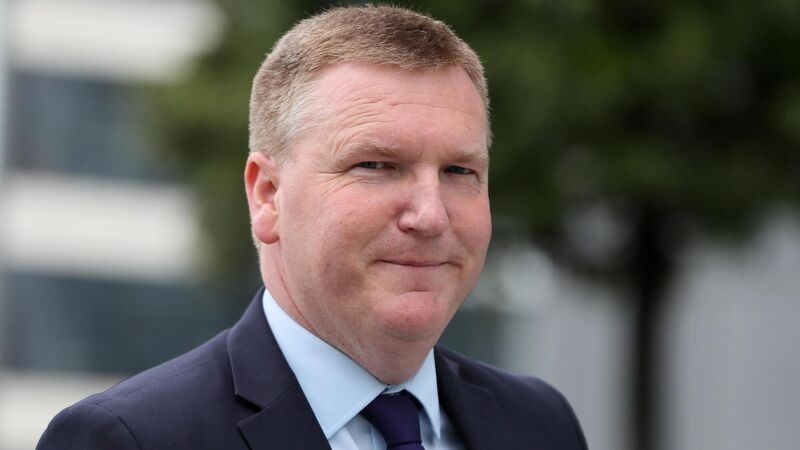Q&A: What does the new public sector pay deal mean for workers?

Minister for Public Expenditure and Reform Michael McGrath. Picture: Brian Lawless
The main wrangling over public sector pay began back in 2010 with the Croke Park negotiations, which acted as the first of what was to be a series of public sector pay deals.
The Croke Park Agreement came after the imposition of two pay cuts, and although it promised no compulsory redundancies, workers were expected to work harder with less as the deal put a significant emphasis on public sector reform.
The agreement was negotiated to run until 2014 and had a target of saving €3.5bn, or 20%, from the pay bill.
Almost €1bn was shaved off the public pay bill between June 2010, when the agreement was signed, and the end of 2012.
A further €847m was saved through non-pay or efficiency measures during the same period.
The agreement was followed by further measures, including some around working hours, through the Haddington Road Agreement.
The Lansdowne Road Agreement began the process of reversing cuts in pay. Under the deal, public servants began to see a restoration of some of the cuts on a phased yearly basis between 2016 and 2018.
The last deal hammered out, known as the Public Service Stability Agreement (PSSA), has been in place since 2018, but is due to expire at the end of this year.
This deal means that over 90% of civil and public servants will earn as much as, or more than, they did when the first pay cuts were introduced in 2010 by the time it expires at the end of the month.
Almost a quarter of public-sector employees were removed entirely from the so-called ‘pension levy,’ which was imposed in 2009 under the PSSA.
It is expected that 340,000 public servants will receive two 1% pay rises between now and October 2022 under the new agreement.
The package, if ratified by public-sector union members, will run until December 31, 2022.
Under the agreement, there will be a general increase worth 1% of gross pay or €500 each year, whichever is the greater amount.
The proposals also contain a commitment to establish an independent body by March 2021 to look at returning workers to pre-Haddington Road hours.
It also aims to look at resolving issues relating to the pay for new-entrant teachers, which would see their opening pay jump two points on the profession’s salary scale.
Finally, a 1% increase in basic salaries through a ‘sectoral bargaining fund’ on February 1, 2022, has also been suggested as part of the deal.













